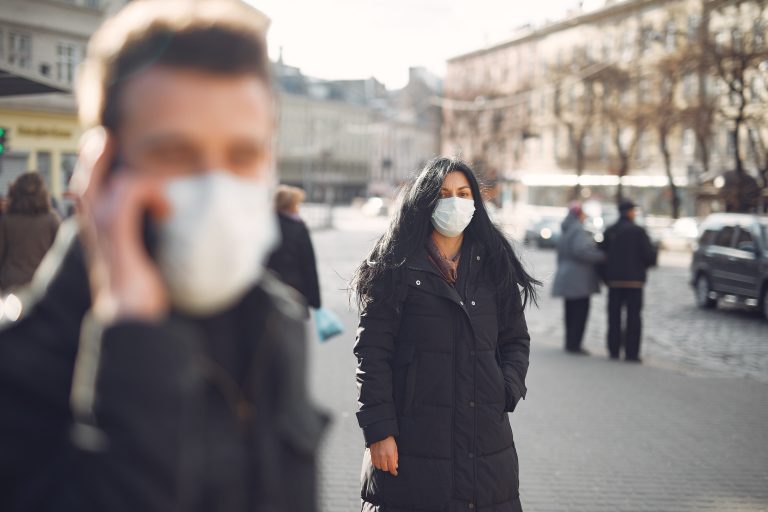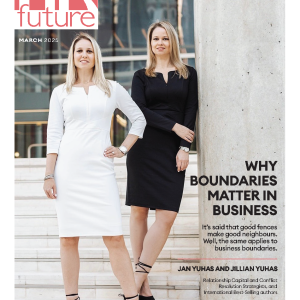To define exactly what the future of the pandemic-proof office space will look like in a post coronavirus world, Summit Defence spoke to a range of health and safety business experts in the return back to the office.
1. Heightened health and safety
Agilité Solutions‘ managing director, Neil Coales comments “Industries the world over are planning or executing tentative steps to reopen for business. Belgium and France, for example, are slowly starting to allow construction work to recommence.
Given the nature of building work, it is often the case that two or more employees may need to be in close proximity during the fit-out process, therefore sourcing and distributing the correct PPE before workers even enter the site, is key.
Internal layouts and logistics – such as corridors, staircases and walkways – need to be completely reconsidered before teams return to site. If a pathway isn’t wide enough for two people to pass safely, routes must be established to ensure individuals travel in one direction.”
2. Reduction of in-person meetings and continued WFH measures
Richard Heard, e-commerce manager at DotcomBlinds comments that “there are too many risk factors involved in having a group of people in a small meeting room, especially when you consider how effective online meetings on tools such as zoom have been during lockdown”
“Working from home has proven to be effective during lockdown, having a portion of your staff at home allows you to have effective social distancing measures in place.”
Arinite’s International Services Director, Jan Mirkowski additionally comments that “with social distancing guidelines enforced in offices, many meeting rooms and office spaces may be too small to hold team meetings. Instead, most meetings will be held in larger open spaces (space permitting), or online.
Business to business meetings, whether they be with clients, suppliers etc, will very likely stay online to minimise the chances of a Covid-19 outbreak affecting multiple offices.”
3. Cubicle office spaces
In the short term “the open plan office should start to decline in popularity and an uptick in cubicled offices and private offices as that makes it harder to transmit illnesses.
For those offices that stay open plan, expect to see some measures to separate staff such as protective screens in-between desks/computers” comments Heard.

4. Social group bubbles
Mirkowski comments “some office staff will be split into separate groups or bubbles that go to the office on different days and can’t intermingle, minimising the chances of a Covid-19 outbreak spreading through the entire office.
Departments within companies may also choose to split up staff so that operational capacity isn’t affected by an outbreak.”
However he also warns that “this could result in workers still feeling the effects of loneliness that almost a third of workers have cited as a key disadvantage of working from home.”
5. Staggered starting times
“Having all your employees enter/exit the office at the same time creates opportunity for contamination, so having staff on staggered starts with 5 minutes before the next group arrives is a great idea to allow for social distancing.” comments Heard.
6. New approaches to interior design and layouts

Coales comments further that “businesses the world over are reassessing their interior configurations. Whether it’s overhauling the traditional liner office layout or re-evaluating a close-quarters café culture – the design of places where people meet will have to be revisited.
Alongside the reactive changes which will need to be made before organisations reopen their doors, there will inevitably be a longer-term shift in the design of communal areas.
These don’t have to be revolutionary adaptations – simple solutions such as automatic on/off sensors for taps, new seating layouts and alternative materials, all play a vital role.”
Adam Hicken is the Operations Manager at Summit Defence Shield.













